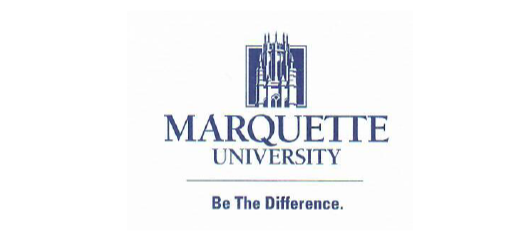MILWAUKEE, Wisconsin–In their practices, orthodontists commonly encounter two serious issues in their patients that are difficult to treat and need to be addressed for optimal occlusion: a narrow maxillary arch and a posterior crossbite. Left untreated, a narrow maxillary arch can lead to a transverse discrepancy between the maxilla and mandible. The result is a posterior crossbite, which is prevalent in 8-23% of the population and can contribute to teeth grinding, loss of tooth enamel, and muscle tension. The current treatment used by orthodontists for the correction of posterior crossbite is the expansion of the maxillary arch, which can help to achieve a balanced maxillomandibular relationship in children. However, with the number of side effects, orthodontists are still searching for other safer, more effective options. Dr. Shivam Mehta, an Assistant Professor at Marquette University’s School of Dentistry in the Developmental Sciences/Orthodontics Department, is offering his expertise in correcting narrow maxilla by rapid palatal expansion so that orthodontists may improve the treatment of their own patients.
Conventional Rapid Maxillary Expansion (RPE)
Dr. Mehta states that using RPE is useful in young children before the midpalatal suture maturation prior to puberty, usually before the age of 11-12. “However, this technique is not useful for older, adolescent children or adults because the midpalatal suture is highly mature and shows increased interdigitation. Because of this, there are an increased number of side effects with RME in this age group. Such side effects could be failure to expand, root resorption, bone loss, dehiscence, gingival recession, and others.”
Surgically-Assisted Rapid Palatal Expansion (SARPE)
Dr. Mehta explains that to manage a narrow maxillary arch, SARPE is a possibility. “Unlike RPE, this technique is useful for adolescents and adults, as in this technique, the midpalatal suture and the surrounding structures of maxilla undergo surgical incision,” he says. “This helps to decrease the resistance to expansion. However, because it involves surgery, there are some disadvantages to this technique, including increased cost, surgical complications, chances of inadequate expansion, asymmetric expansion, and more.”
Mini-Screw Assisted Rapid Palatal Expansion (MARPE)
Dr. Mehta reveals a third technique: MARPE. “This method was recently introduced, and it can be used as a non-surgical alternative to the SARPE technique for late adolescents and adults for management of a narrow maxillary arch. This technique utilizes mini-screws, or mini-implants, that are inserted into the palatal aspects of the maxilla. The MARPE appliance derives anchorage from the mini-screws and not from the teeth.”
The advantages, he believes, are significant. “This helps to decrease the side effects on the teeth and increase the amount of skeletal expansion. The long-term effects of MARPE have been discussed in multiple orthodontic journals by Mehta et al., who have shown in their research that MARPE leads to a greater skeletal expansion of the maxillary arch, reduced root resorption and alveolar bone loss, an improved airway, and no negative effects on the temporomandibular joint in the long-term.”
Dr. Mehta continues by saying that for the MARPE appliance, orthodontic mini-implants are inserted into the palatal bone, and the expander is cemented on the mini-implants. As the expander is activated, the forces are placed on the mini-implants and the palatal bone rather than the teeth. “The result is that the patient’s condition is corrected more safely and efficiently with fewer side effects.”
Dr. Mehta is a leader in the research of Rapid Palatal Expansion Accelerated Orthodontic Tooth Movement, 3D Imaging, and Randomized Clinical Trials. His work has appeared in over 32 peer-reviewed journal articles and 25 published abstracts. Dr. Mehta currently serves as the Secretary of the ADEA Postdoctoral Application Support Service Advisory Council.
The treatments for a narrow maxillary arch and posterior crossbite are promising, Dr. Mehta says. “I think patients have a brighter future to look forward to now that there are more options for orthodontists to use. They can more easily restore the confidence of their patients and improve their health, the best possible outcome.”
For more information on Dr. Shivram Mehta, please contact:
Dr. Shivam Mehta
Work email: shivam.mehta@marquette.edu
Personal email: mehtashivam21@gmail.com
Work Phone number: (414)288-6109

